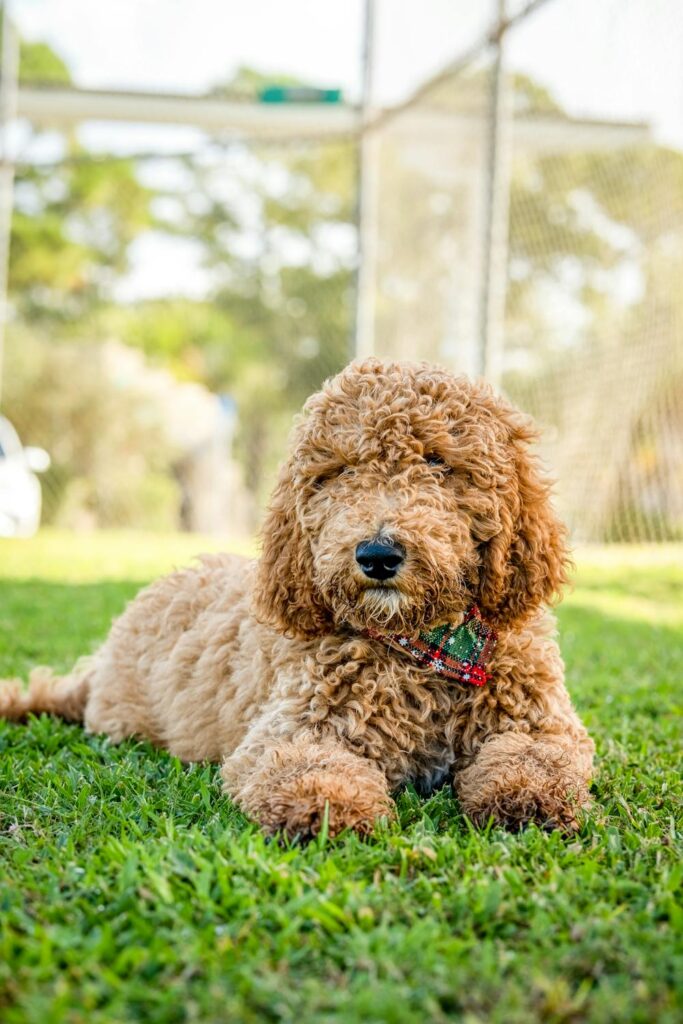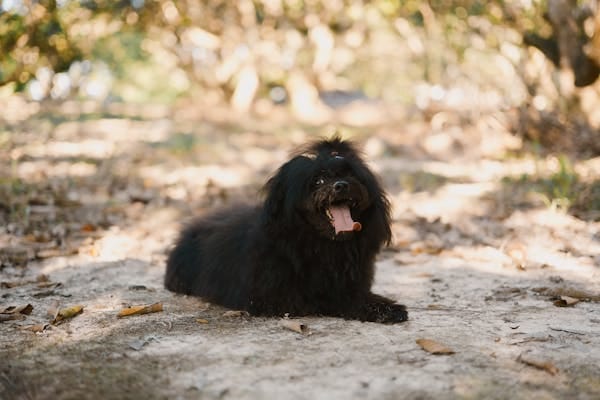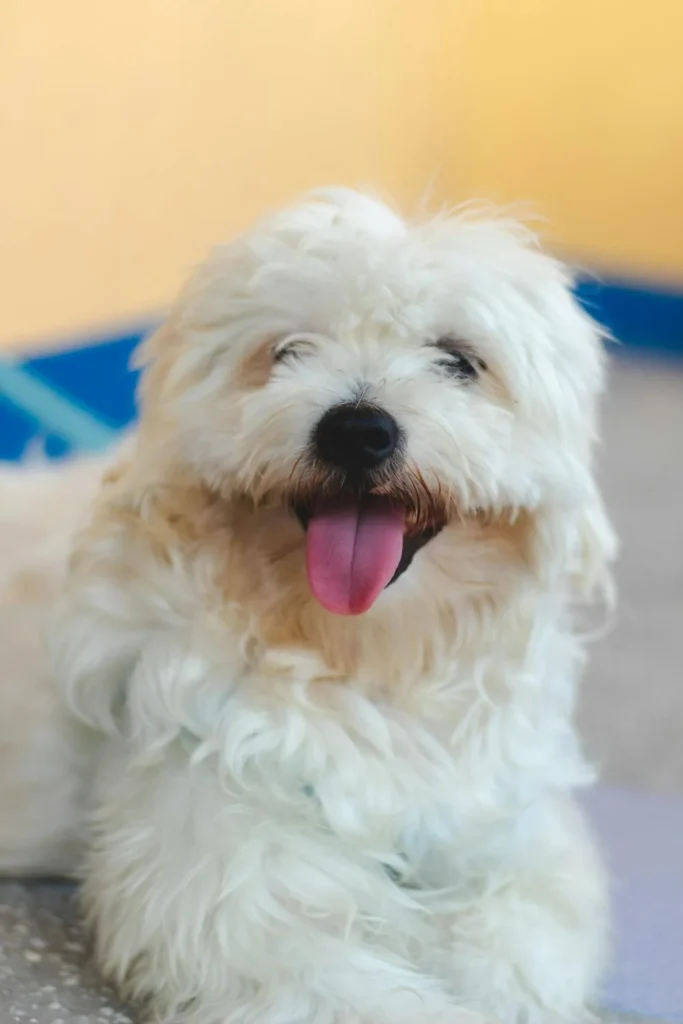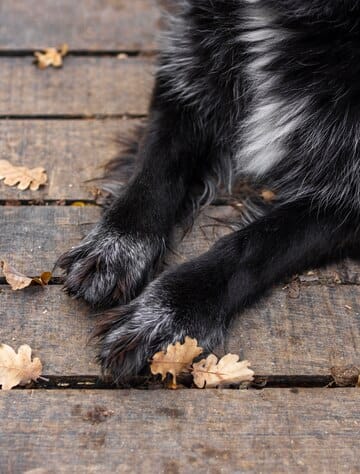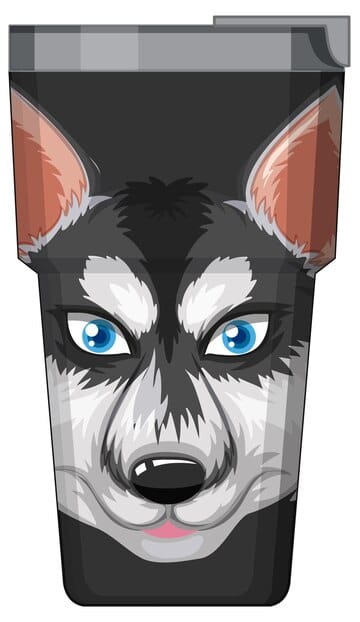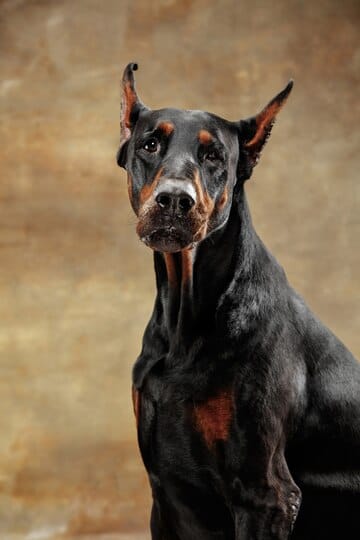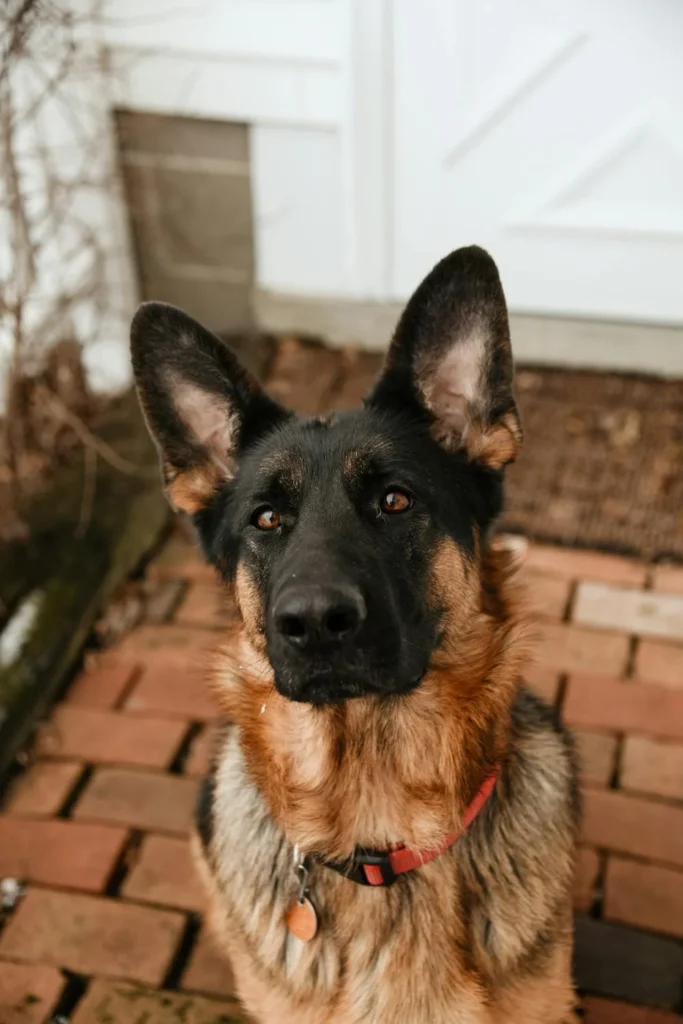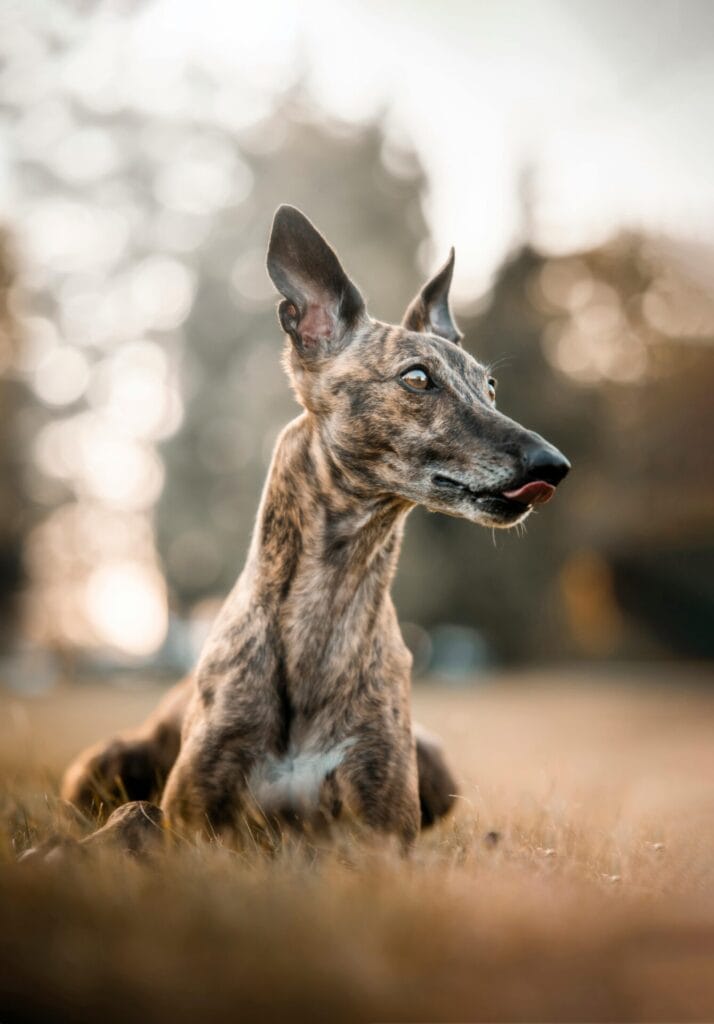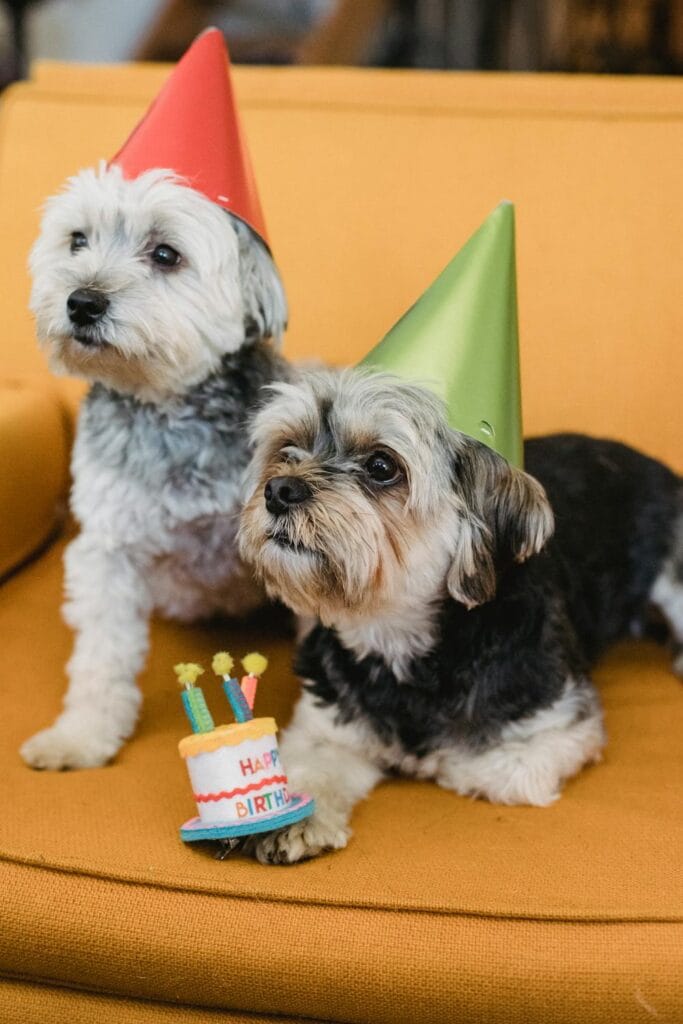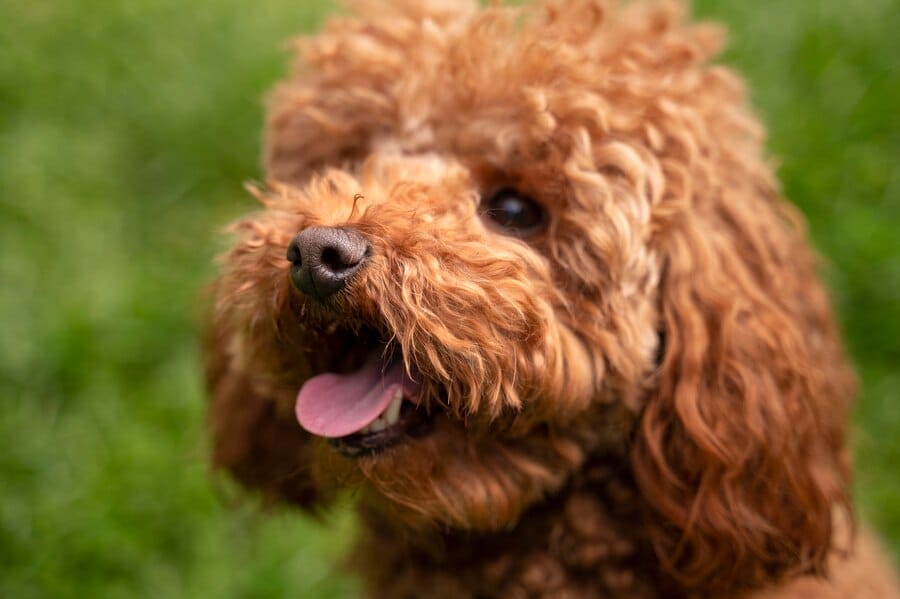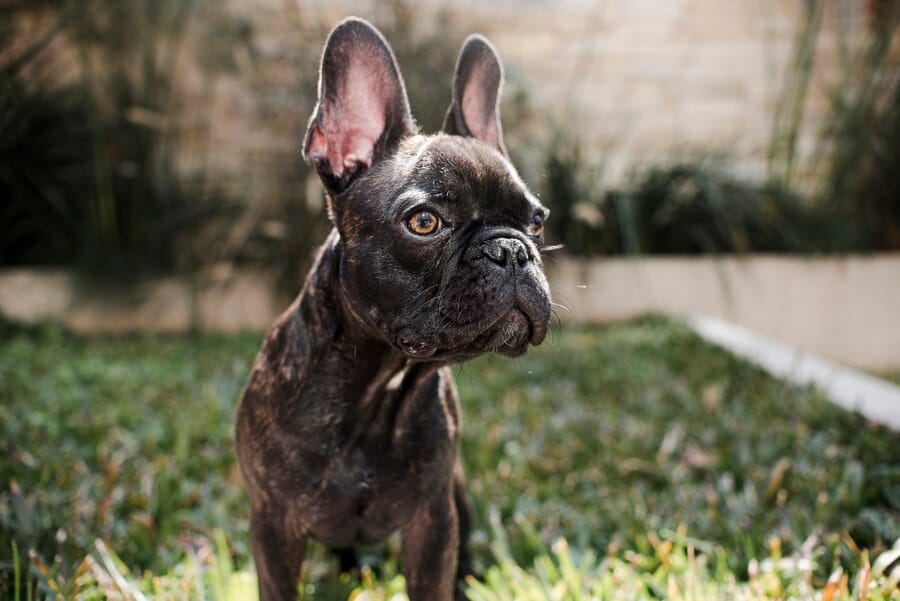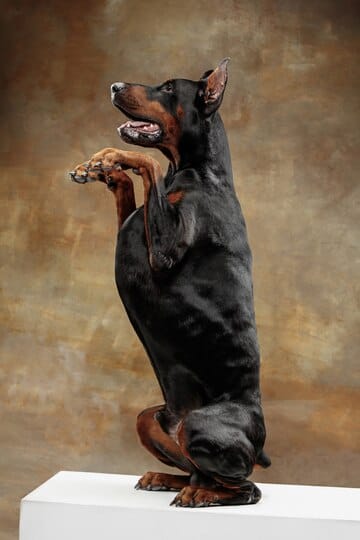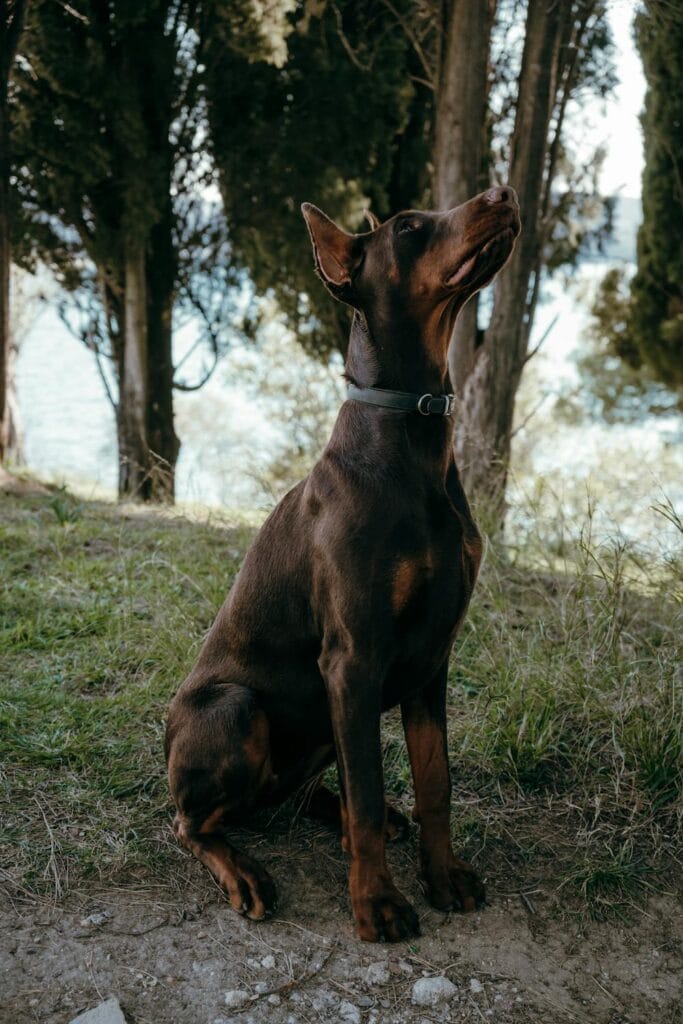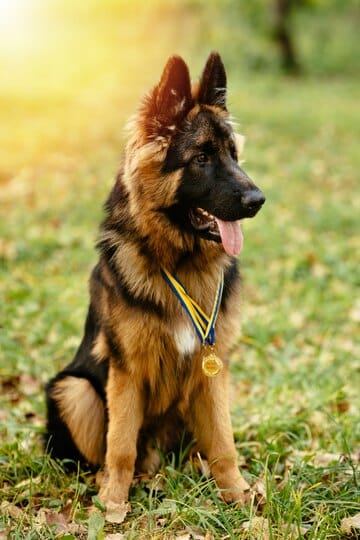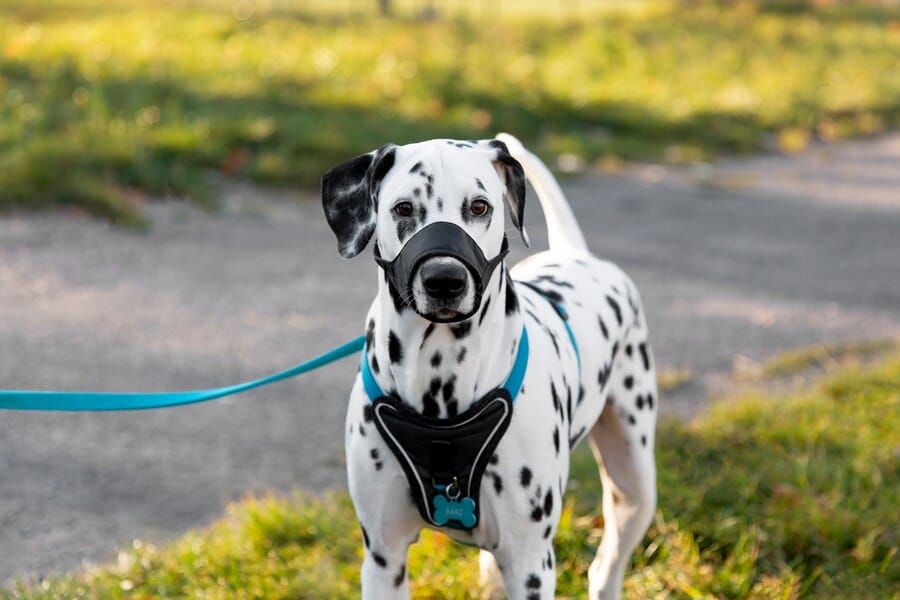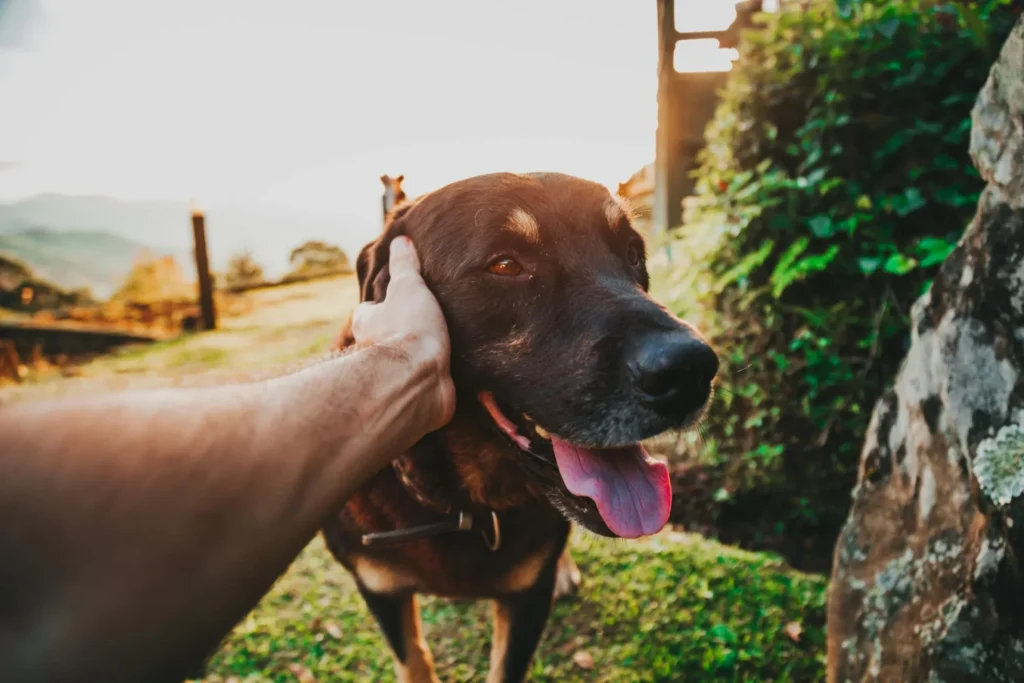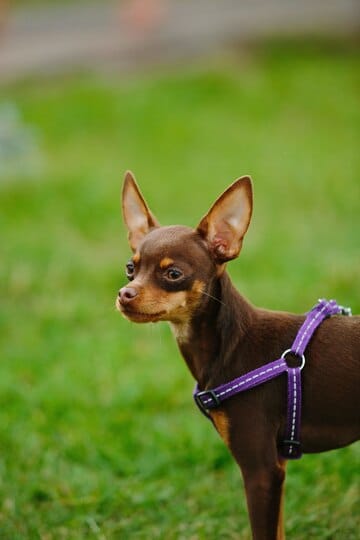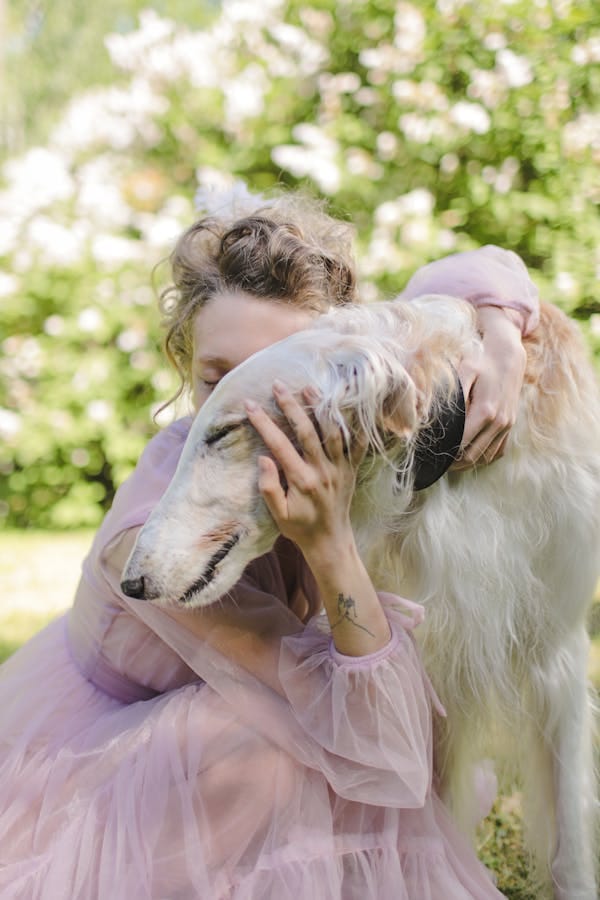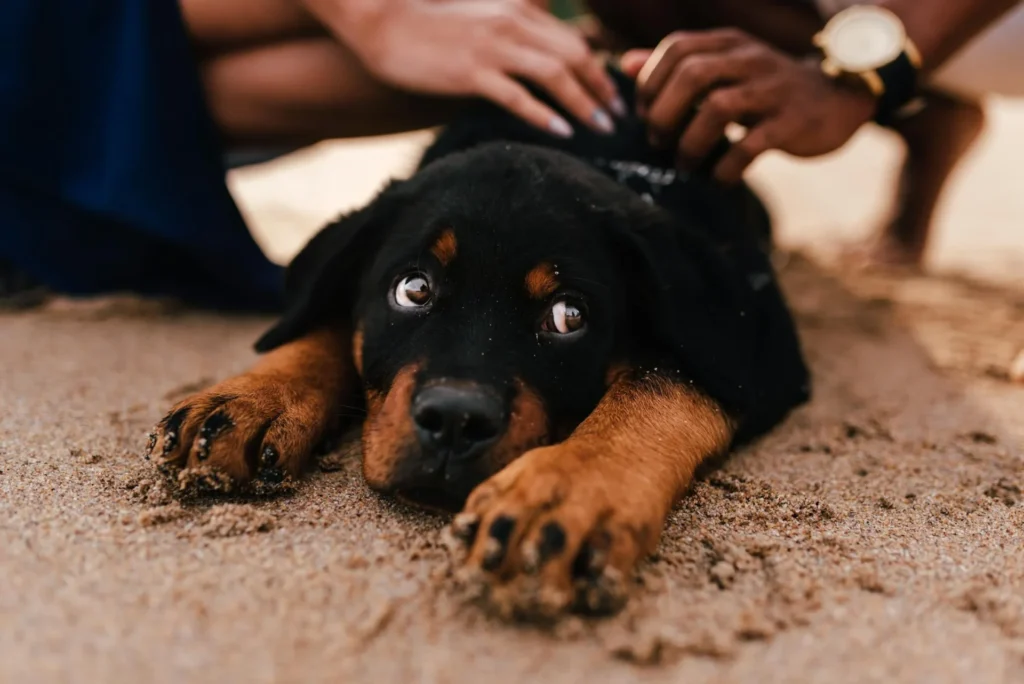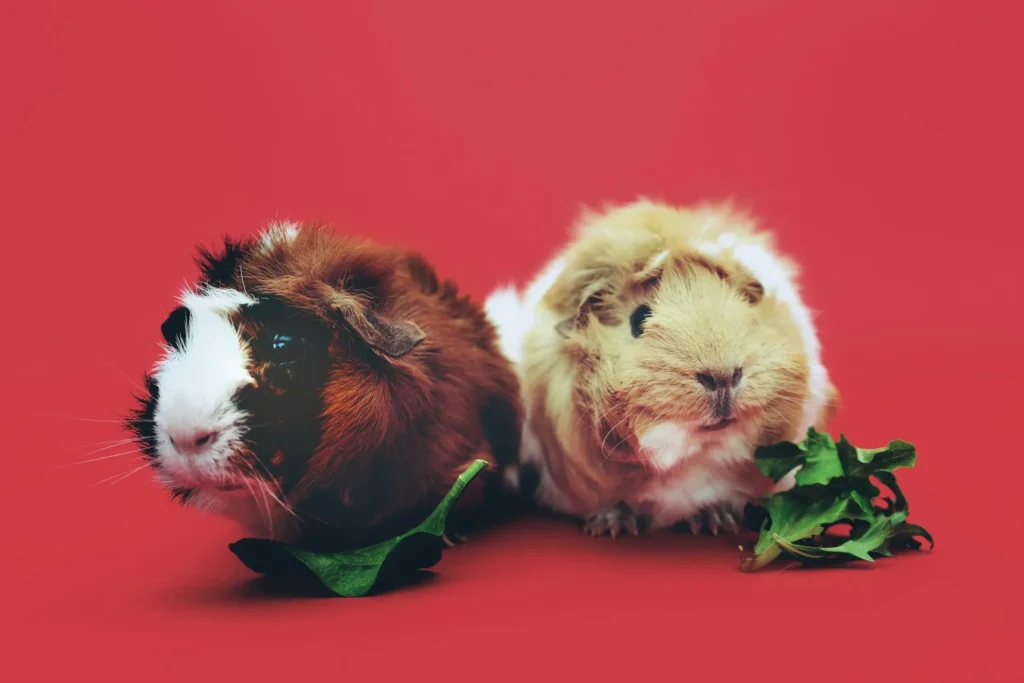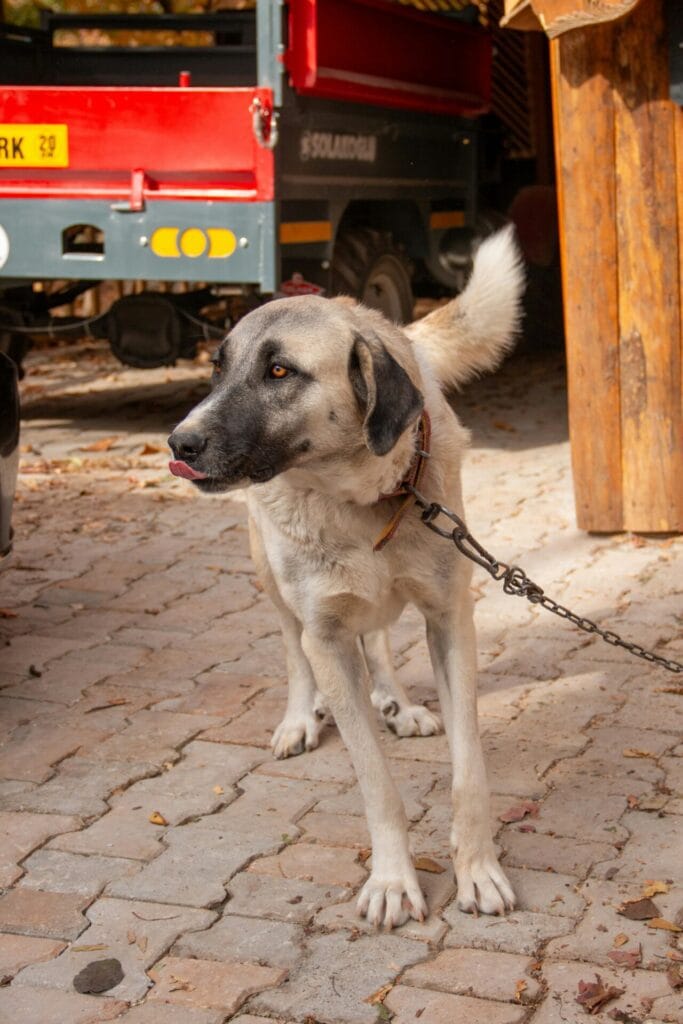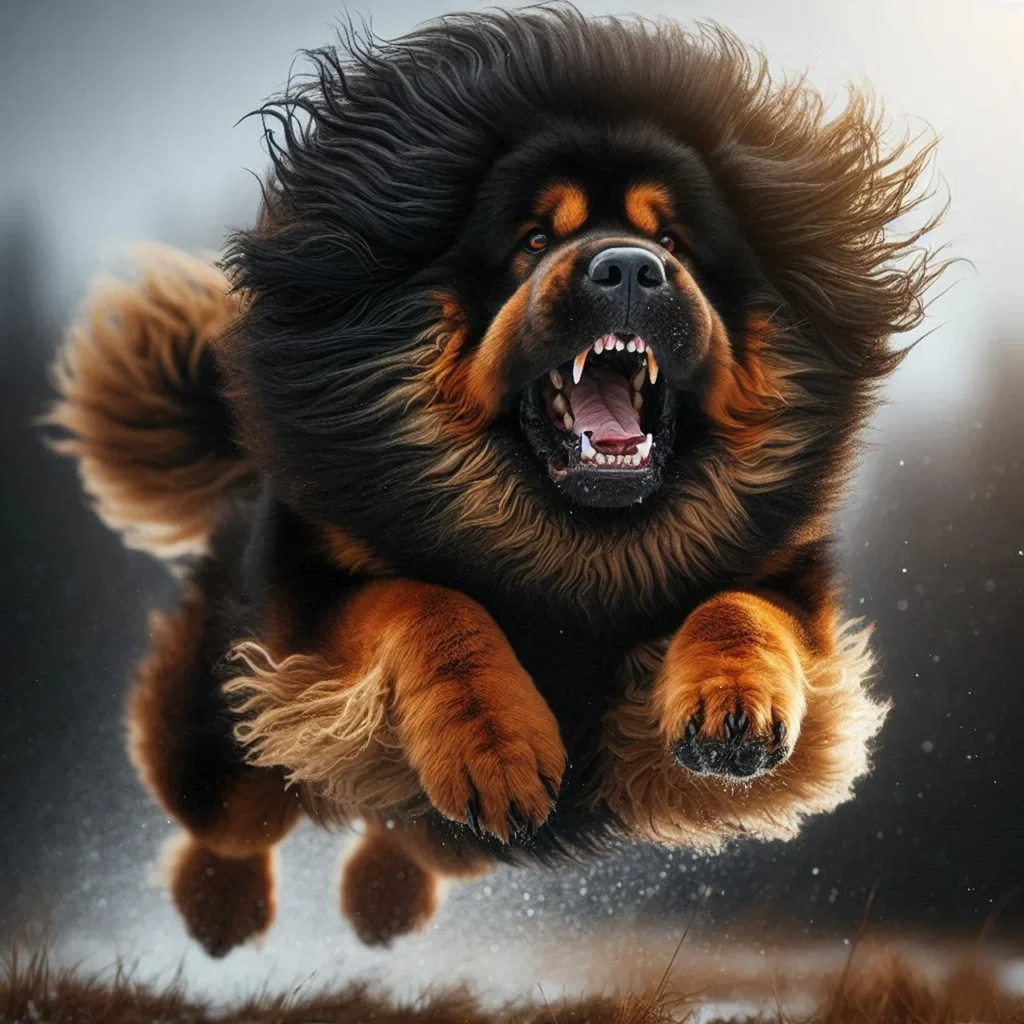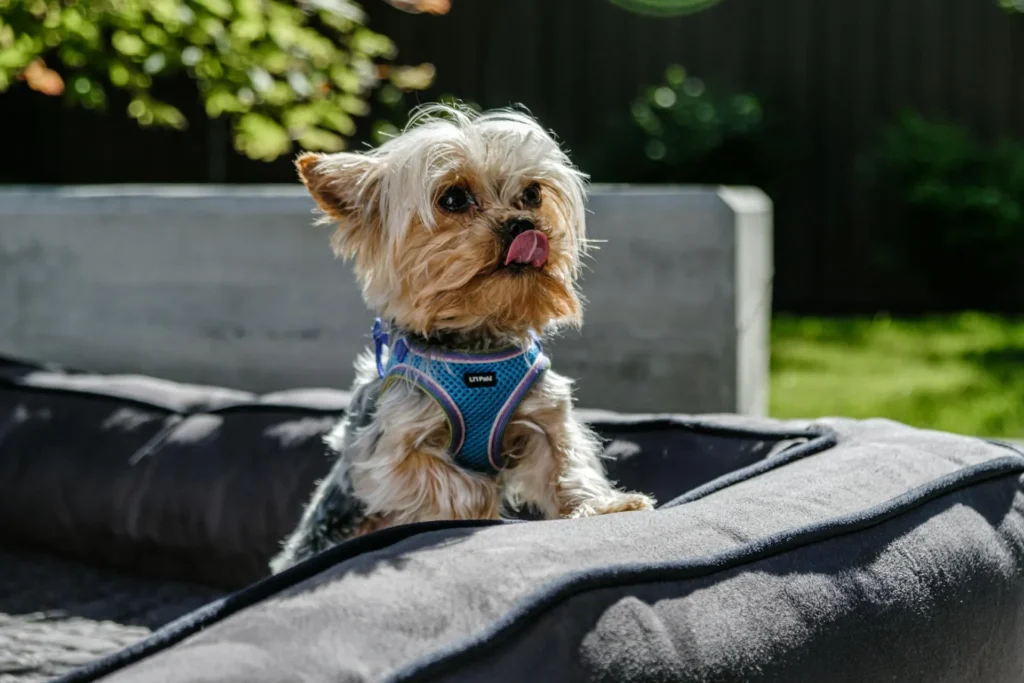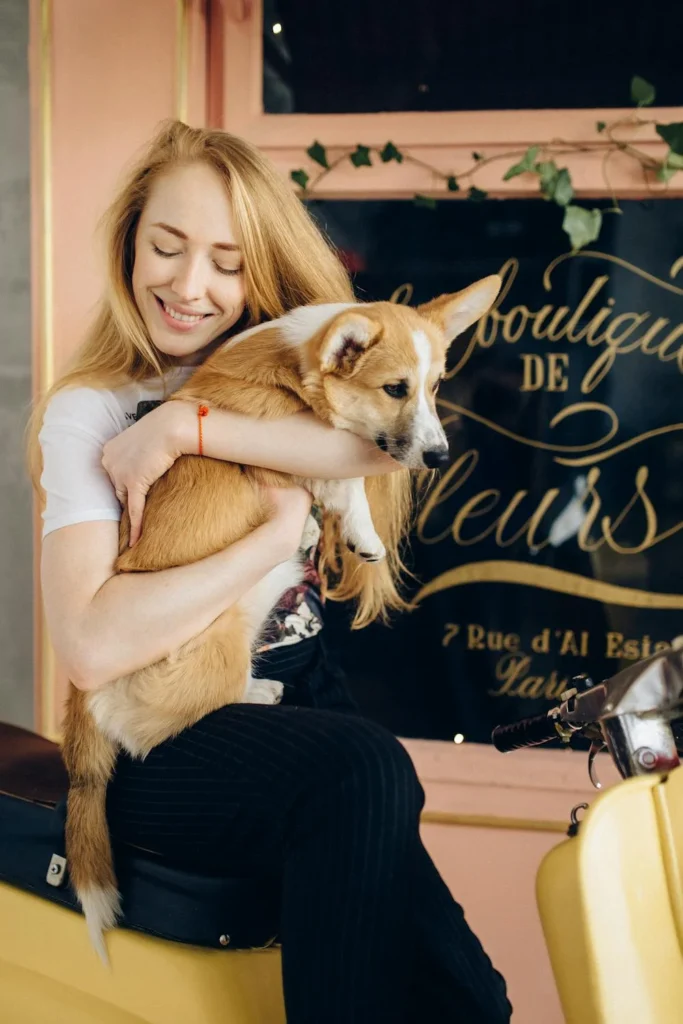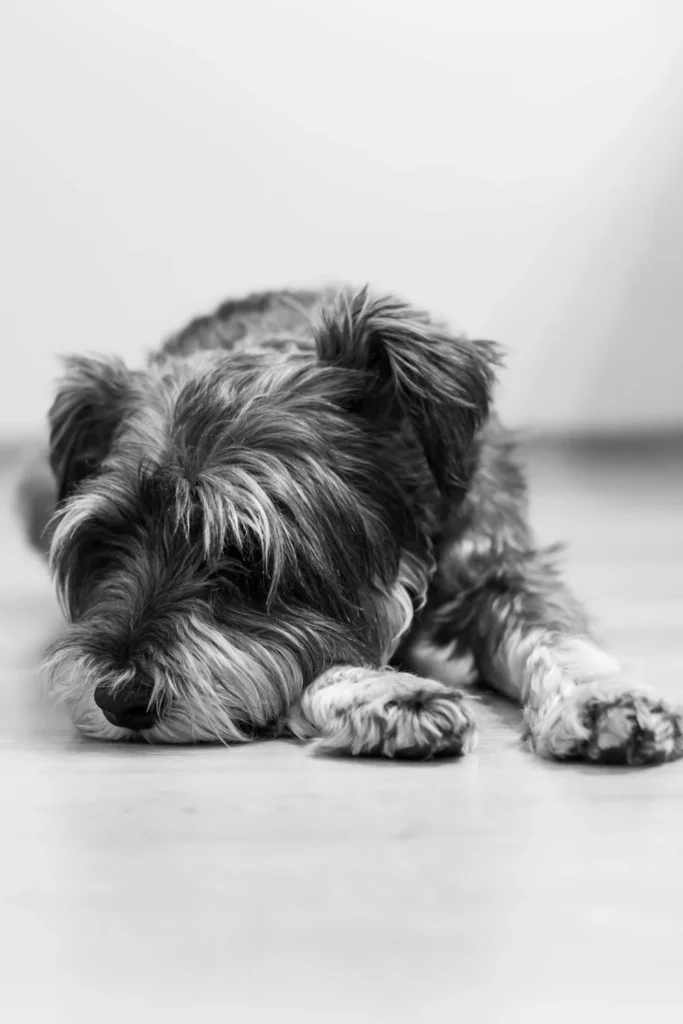- The Origin Story: When Royalty Meets Intelligence
- The Maltipoo Mystique: What Makes Them Special?
- The Daily Life of a Maltipoo: What to Expect
- Training Your Maltipoo: Smart but Sassy
- Health and Grooming: Keeping Your Maltipoo in Top Form
- Living Arrangements: Creating a Pug Paradise
- The Pug Community: You’re Not Alone!
- The Pug Debate: Cute or Controversial?
- Conclusion: The Pug Life Chose You
In the ever-evolving world of designer dogs, one breed has captured hearts with its irresistible charm and adaptable nature: the Maltipoo. This delightful crossbreed, a mix of the regal Maltese and the playful Poodle, has become a star in the canine cosmos. But what makes the Maltipoo so special? Is it the right dog for you? Let’s embark on a journey to uncover the magic of the Maltipoo.
The Origin Story: When Royalty Meets Intelligence
To understand the Maltipoo, we must first dip our toes into the rich histories of its parent breeds. It’s a tale of two cities, or rather, two very different yet equally fascinating canine worlds.
The Maltese: Lap of Luxury
Picture this: the sun-kissed shores of the Mediterranean, where the waves whisper tales of ancient civilizations. Here, on the island of Malta, a small, white dog with a silky coat became the darling of nobility. The Maltese, with its history stretching back over 2,000 years, was more than just a pet; it was a status symbol.
Greek and Roman writers waxed poetic about these “Ye Ancient Dogge of Malta.” They adorned tombs, appeared in art, and even had poems written in their honor. One Roman governor was said to have paid the equivalent of a small house for his beloved Maltese. Talk about puppy love!
But the Maltese wasn’t just a pretty face. These dogs were believed to have healing properties. They were placed on the stomachs of the sick, a fluffy, four-legged hot water bottle. Whether it was their warmth or their comforting presence, we’ll never know. But one thing’s for sure: the Maltese had a knack for making people feel better.
As trade routes expanded, so did the Maltese’s popularity. They charmed their way into the courts of Europe. Queen Elizabeth I, Marie Antoinette, and Queen Victoria all fell under their spell. In fact, Queen Victoria owned a teacup-sized Maltese named Lilly. It seems even queens couldn’t resist those button eyes and silky coats.
The Poodle: More Than Just a Pretty Perm
Now, let’s hop across the continent to France and Germany. Here, a very different kind of dog was making waves – quite literally. The Poodle, contrary to its posh image, was originally a water retriever. That’s right, those elegantly coiffed pooches were duck hunters!
The name “Poodle” comes from the German “Pudel,” meaning “to splash in water.” Their distinctive curly coats weren’t just for show; they protected these dogs from the chilly waters. And those fancy pom-poms? They were strategically placed to keep joints warm and protect vital organs while swimming.
But the Poodle’s talents didn’t stop at retrieving. They quickly became known for their razor-sharp intelligence. In fact, they’re ranked as the second most intelligent dog breed, right after the Border Collie. This brainpower made them stars of the circus and street performances.
Their intelligence also caught the eye of the French aristocracy. Poodles became symbols of luxury, their coats sculpted into extravagant shapes. Louis XVI was smitten, and soon, every French noble worth their snuff had a Poodle. They went from retrieving ducks to retrieving compliments.
The Birth of the Maltipoo
Fast forward to the late 20th century. The demand for hypoallergenic, low-shedding dogs was on the rise. Enter the Maltipoo. By crossing the Maltese with the Toy or Miniature Poodle, breeders created a small, smart, and oh-so-cuddly companion.
The exact origin is a bit fuzzy. Unlike the carefully documented histories of its parents, the Maltipoo’s beginnings are more like a modern-day fairy tale. We know they first appeared in the United States, probably in the 1990s, as part of the designer dog trend.
But this wasn’t just a fad. The Maltipoo combined the best traits of both breeds: the Maltese’s affectionate nature and the Poodle’s intelligence and allergy-friendly coat. It was a match made in canine heaven.
The Maltipoo Mystique: What Makes Them Special?
So, we’ve got a dog with royal lineage and brains to boot. But what’s it like to actually live with a Maltipoo? Let’s break down their key traits.
Size: Good Things Come in Small Packages
First things first: Maltipoos are tiny bundles of joy. They typically weigh between 5 to 20 pounds and stand 8 to 14 inches tall. To put that in perspective, they’re about the size of a large cat or a small microwave. This makes them perfect for apartment living or for those who want a lap dog that won’t crush their, well, lap.
But don’t let their size fool you. Maltipoos have a big personality packed into that small frame. They’re like those little hot peppers – small, but packing a punch. Of flavor, in this case. Or should I say, personality?
Their size also makes them highly portable. Want to take your dog on a plane? Many airlines allow small breeds like Maltipoos in the cabin. Road trip? They won’t take up much room in the car. It’s like having a furry, lovable travel buddy who fits in a tote bag.
Coat: The Hypoallergenic Holy Grail
Now, let’s talk about that coat. It’s one of the Maltipoo’s biggest selling points. Thanks to their Poodle parentage, many Maltipoos have a low-shedding, hypoallergenic coat. This is music to the ears of allergy sufferers who’ve long given up on the dream of dog ownership.
But what does “hypoallergenic” really mean? Contrary to popular belief, it doesn’t mean absolutely no allergens. All dogs produce some level of dander, saliva, and urine, which are the primary triggers for pet allergies. What it does mean is that Maltipoos produce less of these allergens, making them more tolerable for many people.
Their coat can vary in texture, from slightly wavy to tight curls, depending on which parent they take after more. Colors range from white (thanks, Maltese!) to black, grey, brown, or a mix. Some even have adorable patterns like sable or parti-color.
Grooming a Maltipoo is like maintaining a chic, low-maintenance hairstyle. Regular brushing keeps mats at bay. Many owners opt for the “puppy cut,” keeping the coat short for easy care. It’s like having a perpetual puppy, minus the teething and house-training!
Temperament: The Heart of the Matter
A dog’s coat might catch your eye, but it’s their personality that captures your heart. And boy, do Maltipoos have personality in spades! They’re like the golden retrievers of the toy dog world – friendly, affectionate, and always up for a good time.
Maltipoos are people-pleasers. They thrive on human companionship and are happiest when they’re the center of attention. Got a bad day? Your Maltipoo will be there, ready to turn that frown upside down with their antics. They’re like emotional support animals without the paperwork.
But they’re not just cuddly. Maltipoos are also surprisingly playful. They inherit the Poodle’s love for games and the Maltese’s zest for life. A game of fetch in the living room or a round of hide-and-seek can keep them entertained for hours. It’s like having a toddler who never grows up – in the best possible way.
Their adaptable nature is another plus. Maltipoos can adjust to various living situations, from city apartments to country homes. They’re happy as long as they’re with their people. This adaptability also extends to other pets and children. With proper socialization, Maltipoos can get along with just about anyone. They’re the social butterflies of the dog park.
However, their affectionate nature has a flip side. Maltipoos can be prone to separation anxiety if left alone for long periods. They’re not the kind of dogs you can leave for 10 hours while you’re at work. They need their people like plants need sunlight. But for those who work from home or have flexible schedules, this just means more quality time with your furry friend.
Intelligence: The Poodle Payoff
Remember that Poodle brainpower we talked about? Maltipoos inherit a hefty dose of it. They’re quick learners, eager to please, and highly trainable. It’s like having a furry Einstein, if Einstein was also really, really cute.
This intelligence makes training a breeze. Maltipoos pick up commands quickly, especially when you use positive reinforcement. Treats, praise, and play are your best tools. They’ll learn to sit, stay, and roll over faster than you can say “good dog.”
Their smarts also mean they need mental stimulation. Puzzle toys, training sessions, and new tricks keep their minds sharp. Without it, they might channel that intelligence into less desirable behaviors, like excessive barking or chewing. It’s the canine equivalent of a bored genius turning to mischief.
But it’s not all about tricks and training. Maltipoos are intuitive, too. They seem to have a sixth sense for their owners’ emotions. Feeling down? Your Maltipoo will know, and they’ll do their best to cheer you up. It’s like having a tiny, furry therapist who works for kibble and cuddles.
Health: A Mixed Bag
Now, let’s talk about the elephant (or should I say, the Maltipoo?) in the room: health. Like all breeds, Maltipoos have their share of potential health issues. But knowledge is power, and understanding these can help you give your Maltipoo the best life possible.
First, the good news. Hybrid vigor is a thing. By mixing two different breeds, you reduce the risk of inherited disorders that plague purebreds. It’s like diversifying your genetic portfolio. Maltipoos often enjoy this benefit, being healthier than their parent breeds.
However, they’re not immune to problems. Some issues they may face include:
- Patellar Luxation: A fancy term for a trick knee. It’s common in small breeds and can cause pain or lameness.
- Progressive Retinal Atrophy (PRA): A group of eye diseases that can lead to blindness. Regular eye check-ups are a must.
- White Shaker Syndrome: More common in white dogs, it causes full-body tremors. Scary, but often treatable.
- Legg-Calve-Perthes Disease: A hip problem that can cause pain and limping. It’s more common in toy breeds.
- Dental Issues: Small mouths mean crowded teeth. Regular brushing and dental check-ups are crucial.
Don’t let this list scare you off. Many Maltipoos live long, healthy lives. The key is preventive care. Regular vet visits, a balanced diet, and appropriate exercise can ward off many issues. It’s like taking your car for regular tune-ups – a little maintenance goes a long way.
Speaking of longevity, Maltipoos are no slouches. With good care, they can live 12 to 15 years. That’s a decade and a half of tail wags, cuddles, and unconditional love. In dog years, that’s like living to 105!
The Daily Life of a Maltipoo: What to Expect
So, you’re convinced. A Maltipoo is in your future. But what’s life with one really like? Let’s walk through a day in the life of a Maltipoo and their human.
Morning: Rise and Shine!
Your alarm goes off, but before you can hit snooze, a wet nose nudges your hand. Your Maltipoo is up, and they want you up too. They’re not drill sergeants, though. Many Maltipoos are content to snuggle for a bit before starting the day.
Once up, it’s potty time. Maltipoos are small, so their bladders are too. A morning walk or a quick trip to the backyard is essential. They’re generally easy to housetrain, especially if you’re consistent. Positive reinforcement works wonders – a treat and praise can make potty training almost fun. Almost.
After the morning constitutional, it’s breakfast time. Maltipoos are small, but they’re not dainty eaters. A high-quality, small-breed kibble is a good choice. Look for one that’s rich in protein and low in fillers. About 1/4 to 1/2 cup, divided into two meals, is usually enough. But always consult your vet for personalized advice.
Midday: Work and Play
Now, here’s where your lifestyle comes in. If you’re home, your Maltipoo will be your shadow. They’ll nap by your feet while you work, occasionally looking up with those big eyes as if to say, “Hey, I’m still here, and I’m still adorable.”
But they won’t sleep all day. Maltipoos need about 30 minutes to an hour of exercise daily. This could be a walk around the block, a game of fetch in the living room, or a romp in a dog park. They’re adaptable – a Maltipoo will happily chase a ball down a city sidewalk or explore a suburban backyard.
If you’re away, your Maltipoo might not be as happy. They can be prone to separation anxiety. Crate training can help – it gives them a safe, cozy space. Puzzle toys, background noise (like a radio), and regular schedules also make absences easier. But if you’re gone more than 4-6 hours regularly, consider a dog walker or daycare.
Evening: Family Time
When you come home, prepare for the greeting of a lifetime. Your Maltipoo will dance, spin, and wag like you’ve been gone for years, not hours. It’s a serotonin boost after a long day. Play a bit, maybe another quick walk, then it’s dinner time.
After dinner, it’s prime cuddle time. Maltipoos are world-class snugglers. They’ll curl up on your lap while you watch TV, seeming to understand that sometimes, after a long day, silent companionship is the best kind.
But don’t think they’re all mellow in the evening. Maltipoos can get the “zoomies” – sudden bursts of energy where they sprint around like tiny, furry race cars. It’s hilarious and heartwarming. Just make sure your breakables are out of the way!
Night: Sweet Dreams
As bedtime approaches, your Maltipoo will let you know. They might bring you a toy, signaling one last play session. Or they might just start circling their bed. They’re creatures of habit and thrive on routine.
Where they sleep is up to you. Some Maltipoos are happy in a cozy bed or crate. Others prefer to snuggle up with their humans. Just be careful if you share your bed – these little guys can take up more space than you’d think!
Once settled, your Maltipoo will likely snore. Not chainsaw-level, but a soft, wheezy sound that’s more endearing than annoying. It’s the sound of a contented, loved pup. And really, is there a better lullaby?
Training Your Maltipoo: Smart but Sassy
Now, let’s talk training. With their Poodle smarts, you might think training a Maltipoo is a walk in the park. And it can be – if you know what makes them tick.
Understanding Motivation
Maltipoos are people-pleasers, but they’re also independent thinkers. They want to make you happy, but they also want to know what’s in it for them. The key? Make training fun and rewarding.
Treats are your friends here. Not just any treats, but the good stuff. Think tiny bits of chicken, cheese, or their favorite store-bought snacks. When your Maltipoo nails a command, reward them immediately. They’ll connect the action with the reward faster than you can say “good dog.”
But it’s not all about food. Maltipoos thrive on praise and play too. A happy “Yes!” or a quick game of tug can be just as motivating. It’s like they’re thinking, “I made my human smile? Best. Day. Ever.”
Basic Commands
Start with the basics: sit, stay, come, down. Use clear, consistent commands. Say “sit” the same way every time. Pugs are smart, but they’re not mind readers.
For “sit,” hold a treat just above their nose. As they look up, their bottom will naturally hit the ground. Say “sit” as it does. Treat and praise! For “stay,” start small. Ask them to stay for just a second, then gradually increase the time. It’s like you’re playing a game of freeze dance – they’ll love it.
“Come” is crucial. It could save your pup from danger. Make it the best thing ever. Call them, then reward with treats, praise, and a play session. They’ll come running every time.
Leash Training
Maltipoos are small, but they can pull like sled dogs. Leash training is key. Start in a low-distraction area. When they pull, stop. Only move when the leash is slack. It might make your walks look like stop-motion animation at first, but they’ll learn. Consistency is key.
For excited pullers, try the “turn and walk” method. When they pull, change direction. They’ll learn that pulling gets them further from their goal. It’s like a mini physics lesson – action and reaction!
Housetraining
Ah, the million-dollar question. Luckily, Maltipoos are generally clean dogs. They don’t like messes any more than you do. But accidents happen, especially with puppies.
The golden rule: consistency. Take them out first thing in the morning, after meals, after naps, and before bed. Choose a spot and stick to it. Their keen noses will tell them, “This is the bathroom.”
When they go outside, it’s party time! Praise, treats, maybe even a quick play session. They’ll think, “Wow, peeing outside is awesome!” But if they have an accident inside, don’t scold. Just clean it thoroughly to remove the scent.
Crate training can help. A crate becomes their den, and dogs don’t soil their dens. But remember, a crate is a home, not a prison. Never use it for punishment.
Advanced Training
Once your Maltipoo has mastered the basics, the sky’s the limit. These little dogs excel at obedience, agility, and even tricks. Teaching “roll over” or “play dead” isn’t just cute; it keeps their mind sharp.
Try puzzle toys for mental stimulation. It’s like giving your pug a Sudoku. They’ll work to get the treats out, exercising their problem-solving skills. It’s brain food!
Remember, training isn’t a chore; it’s bonding time. Each session strengthens your connection. Your Maltipoo isn’t just learning commands; they’re learning to trust and love you. And that’s the best trick of all.
Health and Grooming: Keeping Your Maltipoo in Top Form
A healthy Maltipoo is a happy Maltipoo. And a happy Maltipoo makes for an even happier you. Let’s dive into keeping your furry friend in tip-top shape.
Nutrition: You Are What You Eat
For Maltipoos, size matters when it comes to food. They’re small dogs with fast metabolisms. Think of them as the hummingbirds of the dog world. They need nutrient-dense food to fuel their playful spirits.
Look for high-quality, small-breed formulas. The smaller kibble size is easier for their tiny teeth. Protein should be the first ingredient – chicken, lamb, or fish are great. Avoid fillers like corn or wheat. It’s like feeding them junk food; they’ll eat it, but it’s not doing them any favors.
How much to feed? That depends on age, weight, and activity level. Generally, 1/4 to 1/2 cup of kibble a day, split into two meals, works for most adult Maltipoos. But always check with your vet. They’re like nutritionists for your pup.
And water? Always available. Pugs can get dehydrated quickly, especially after playtime. Keep that bowl full!
Grooming: Spa Day, Every Day
Now, let’s talk about that fabulous coat. Maltipoos can range from wavy to tightly curled, depending on which parent they take after more. But all Maltipoos need regular grooming.
Brush them every other day to prevent mats. It’s like detangling fairy knots – easier to do a little at a time. Use a soft-bristled brush or a comb with wide teeth. Make it a bonding experience. Your pug will think, “Ah, a massage and quality time with my human? Jackpot!”
Bathing? Once a month is usually enough. Use a gentle, dog-specific shampoo. Their skin is sensitive, so no human shampoo, please! It’s like using dish soap on your hair – not great.
Many Maltipoo parents opt for the “puppy cut” – keeping the coat short. It’s low-maintenance and keeps your pup cool. Plus, it’s eternally adorable. They’ll look like a puppy well into their golden years.
Don’t forget those pearly whites! Small breeds are prone to dental issues. Brush their teeth several times a week. There are even meat-flavored toothpastes. Your pug might think it’s treat time!
Exercise: Tiny Dog, Big Energy
Maltipoos might be small, but they’ve got energy to spare. They need about 30-60 minutes of activity daily. It’s not just about physical health; it’s mental stimulation too.
Walks are great. They’re a chance to sniff new smells – it’s like their version of scrolling through social media. But mix it up! Play fetch in the living room, have a tug-of-war session, or set up a mini agility course. Your Maltipoo will love the challenge.
Remember, they’re social creatures. Doggy playdates or trips to the dog park aren’t just fun; they’re crucial for socialization. It’s like preschool for pups – they learn manners, make friends, and come home happily exhausted.
Health Checks: An Ounce of Prevention
Regular vet visits are non-negotiable. Think of them as your pug’s annual physical. Vaccinations, parasite control, and health screenings can catch issues early. It’s the old “stitch in time saves nine” adage.
Watch for breed-specific issues. Patellar luxation (trick knees), eye problems, and dental issues are common. But don’t panic! Many Maltipoos never face these. It’s just good to be watchful.
Pay attention to changes in behavior, appetite, or energy. Pugs can’t tell you they’re feeling off, but they’ll show you. A usually playful pug who’s suddenly mopey? That’s a vet visit.
And emergencies? Have a plan. Know your nearest emergency vet. Keep their number handy. It’s like having a fire extinguisher – you hope never to need it, but you’re glad it’s there.
Living Arrangements: Creating a Pug Paradise
Your Maltipoo doesn’t need a palace, but they do need a space that’s safe, comfy, and stimulating. Let’s make your home a pug paradise!
Space Requirements
First off, Maltipoos are apartment-friendly. They don’t need a sprawling backyard to be happy. A cozy apartment or a house with a tiny garden? Perfect! It’s like they were bred for city living.
But small space doesn’t mean no space. Your pug needs a designated area. A corner with their bed, toys, and maybe a crate (their personal den) is ideal. It’s their equivalent of your favorite armchair – a spot that’s just theirs.
Safety is key. Pugs are curious and can get into mischief. Secure cabinets, hide electrical cords, and keep toxic plants out of reach. It’s like baby-proofing, but for a furry baby who can jump higher than you’d expect!
Climate Control
Pugs are sensitive to temperature extremes. Their flat faces make it hard to regulate body heat. In summer, keep them cool. Air conditioning is a must. In winter, a cozy sweater helps. Think of your pug as Goldilocks – they need everything just right.
Socialization and Companionship
Maltipoos thrive on companionship. They’ll follow you from room to room like an adorable shadow. Working from home? Perfect! Your pug will happily snooze under your desk. But if you’re out a lot, consider a pet sitter or doggy daycare. Pugs left alone too long can get anxious or depressed.
Socialization is crucial. Introduce your pug to all sorts of people, animals, and situations while they’re young. It’s like taking a kid to playgroup – it teaches them how to interact. A well-socialized pug is a confident, friendly pug.
Enrichment
Mental stimulation is as important as physical. Rotate toys to keep things interesting. Puzzle feeders are great – they make mealtime a fun challenge. Hide treats around the house for a game of “find it.” It’s like giving your pug a daily crossword puzzle.
And don’t forget the power of your presence. Read to your pug (they won’t judge your bedtime story voices), play games, or just chill together. To your pug, you’re the most entertaining thing in their world.
The Pug Community: You’re Not Alone!
Getting a Maltipoo isn’t just getting a pet; it’s joining a community. And what a fun, supportive community it is!
Online Resources
The internet is a pug parent’s best friend. Forums like PugVillage.com (Note: Claude does not have real-time access to verify if this URL is active or its content) are gold mines of advice. From “My pug ate a sock!” emergencies to “Look at my pug’s Halloween costume!” joys, you’ll find it all. It’s like having a global network of pug-loving aunties and uncles.
Instagram and TikTok are pug central. Accounts like @itsdougthepug (remember, I don’t have real-time access to verify these accounts) boast millions of followers. It’s not just cute pics; it’s a place to share tips, find products, and connect. Your pug could be the next internet sensation!
Local Meetups
But online isn’t everything. Check local pet stores, vets, or apps like Meetup for pug playgroups. It’s like a playdate, but with more snorting and tail-wagging. Your pug socializes, and you meet fellow pug-lovers. Win-win!
Some cities even have pug-specific events. Imagine a park full of pugs in costume for “Puggoween.” Or a “Pug and Pinot” wine tasting (you sip, they snooze). It’s not just fun; it’s a chance to share experiences and advice face-to-face.
Advocacy and Education
The pug community isn’t just about fun. It’s also about education and advocacy. Responsible breeders and rescue organizations work to promote pug health. They educate about breed-specific issues and fight against puppy mills.
You can join in. Share your knowledge about pug care. Support rescues or breed-specific health research. Every bit helps ensure future generations of pugs are healthier and happier. It’s like being part of a movement – a very cute, wrinkly movement.
The Pug Debate: Cute or Controversial?
Now, let’s tackle something a bit more serious. Pugs, including Maltipoos, are at the center of a heated debate. Some adore them, while others argue the breed shouldn’t exist. It’s a complex issue, so let’s unpack it.
The Controversy
The main concern? Health. Pugs’ flat faces (brachycephaly) can cause breathing issues. Their bulging eyes are prone to injury. Spinal problems are common. Critics argue that breeding for these “cute” features is unethical because it compromises the dogs’ quality of life.
Organizations like PETA (People for the Ethical Treatment of Animals) have campaigns against breeding brachycephalic dogs. They argue it’s cruel to breed animals that struggle with basic functions like breathing or blinking. It’s a stance that’s gained traction, with some countries even considering bans.
The Defense
Pug lovers counter that responsible breeding can mitigate these issues. They point to efforts to breed for longer snouts and healthier body structures. The Pug Dog Club of America, for instance, emphasizes breeding for health over extreme features.
Defenders also argue that blanket bans aren’t the answer. They say it punishes responsible breeders and denies people the joy of pug companionship. They believe education and regulation are better solutions than outright bans.
The Middle Ground
Many experts advocate for a balanced approach. They support breeding for health over looks – what’s called “retro” or “old-fashioned” pugs. These dogs have longer snouts and legs, resembling pugs from the 19th century. They argue this preserves the pug’s charming personality while reducing health risks.
There’s also a push for mandatory health testing in breeding. Things like respiratory function tests and eye exams could ensure only the healthiest pugs become parents. It’s like having a rigorous screening process – only the fittest pass.
What It Means for You
As a potential Maltipoo parent, it’s crucial to be informed. Choose a breeder who prioritizes health. Ask about genetic testing and health clearances. Or consider adoption – many pugs in shelters need loving homes.
Most importantly, love your pug responsibly. Keep them at a healthy weight, avoid overexertion, and stay on top of vet visits. With proper care, your Maltipoo can live a happy, healthy life, controversy or not.
Conclusion: The Pug Life Chose You
So, there you have it – the wonderful, sometimes wacky world of Maltipoos. From their royal Chinese roots to their modern-day internet fame, these dogs are one-of-a-kind. They’re smart but stubborn, tiny but mighty, and always ready to make you smile.
Yes, owning a Maltipoo comes with responsibilities. You’ll need to keep up with grooming, training, and health checks. You’ll have to navigate the ethical debates surrounding the breed. But ask any Maltipoo parent, and they’ll tell you it’s worth it.
Because when you come home after a long day, and that little furball races to greet you with a wagging tail and a face only a mother (or a devoted pet parent) could love – all the challenges melt away. In that moment, you’re not just a pet owner. You’re the center of someone’s universe.
So, if you’re ready for a companion who’s equal parts clown and cuddlebug, who’ll follow you around like a furry shadow and make every day an adventure – then the pug life just might be for you. Welcome to the club. Your Maltipoo can’t wait to meet you!

